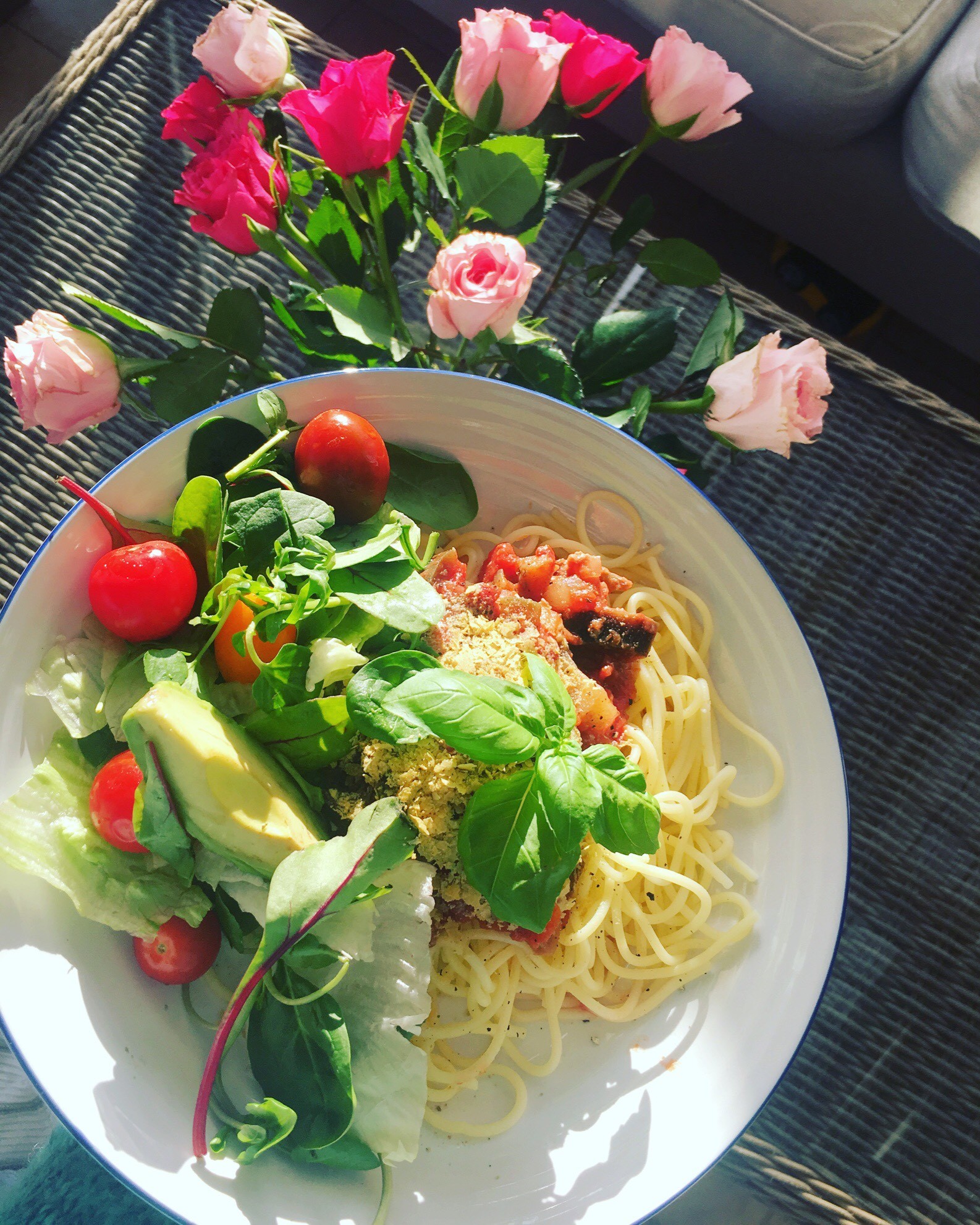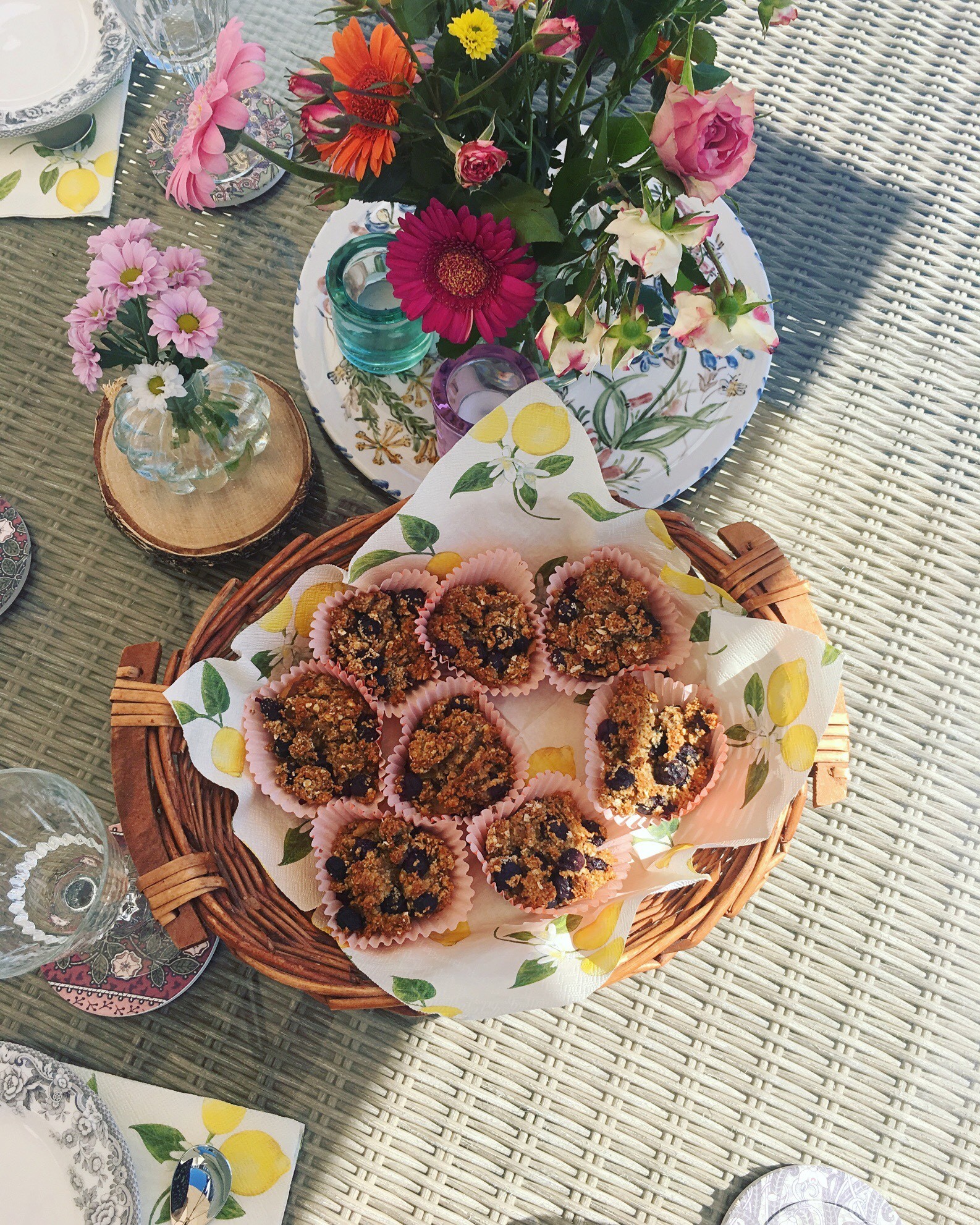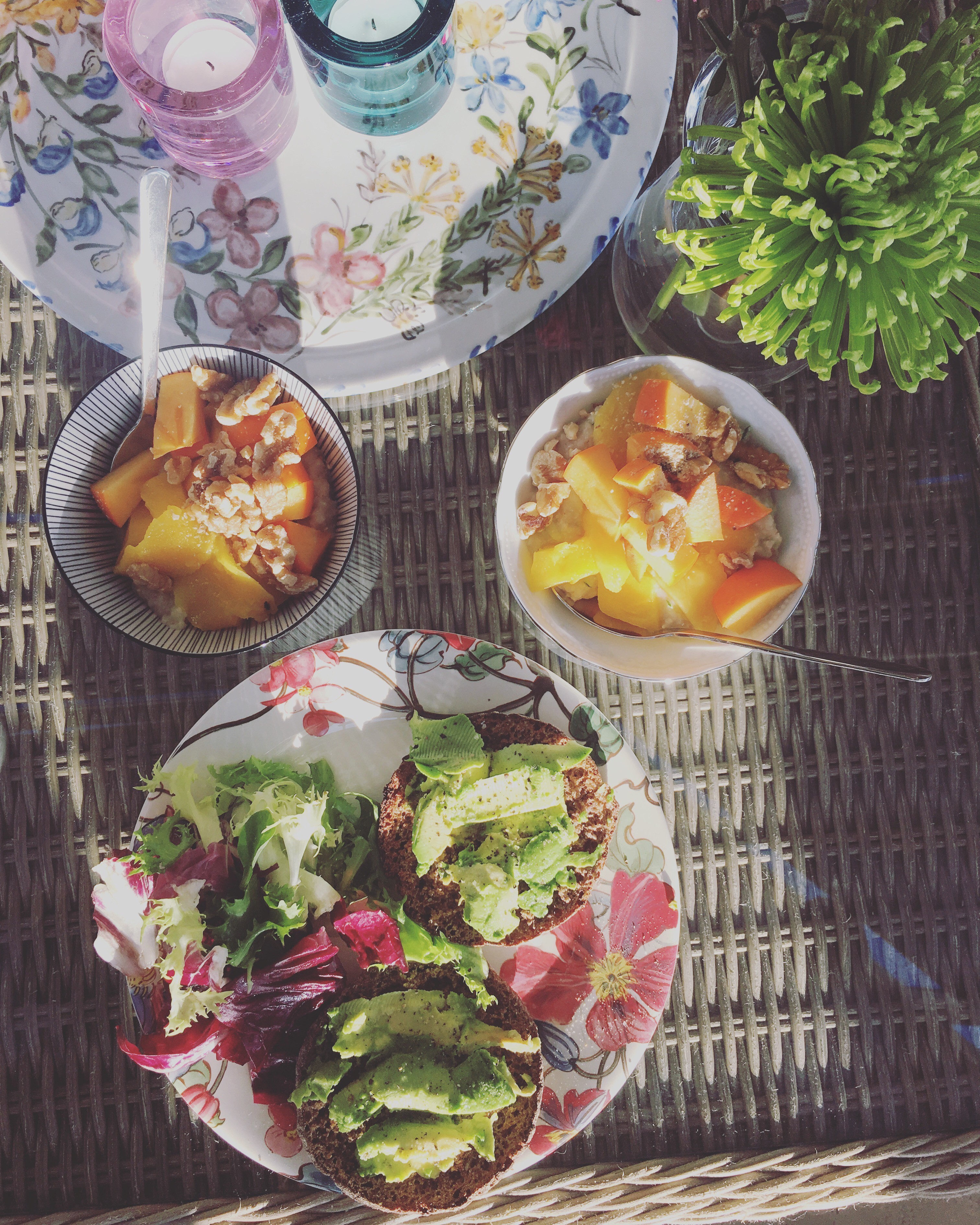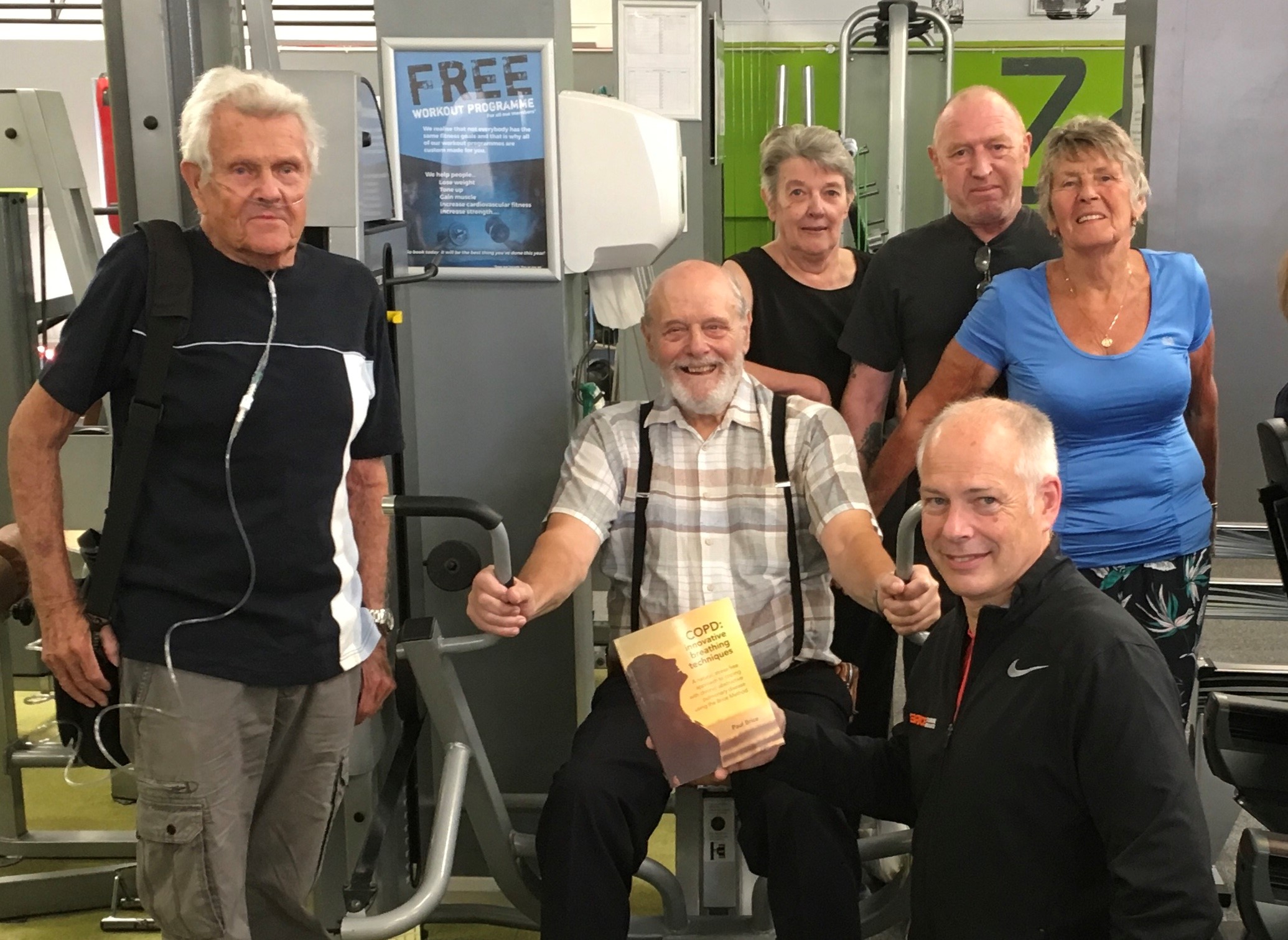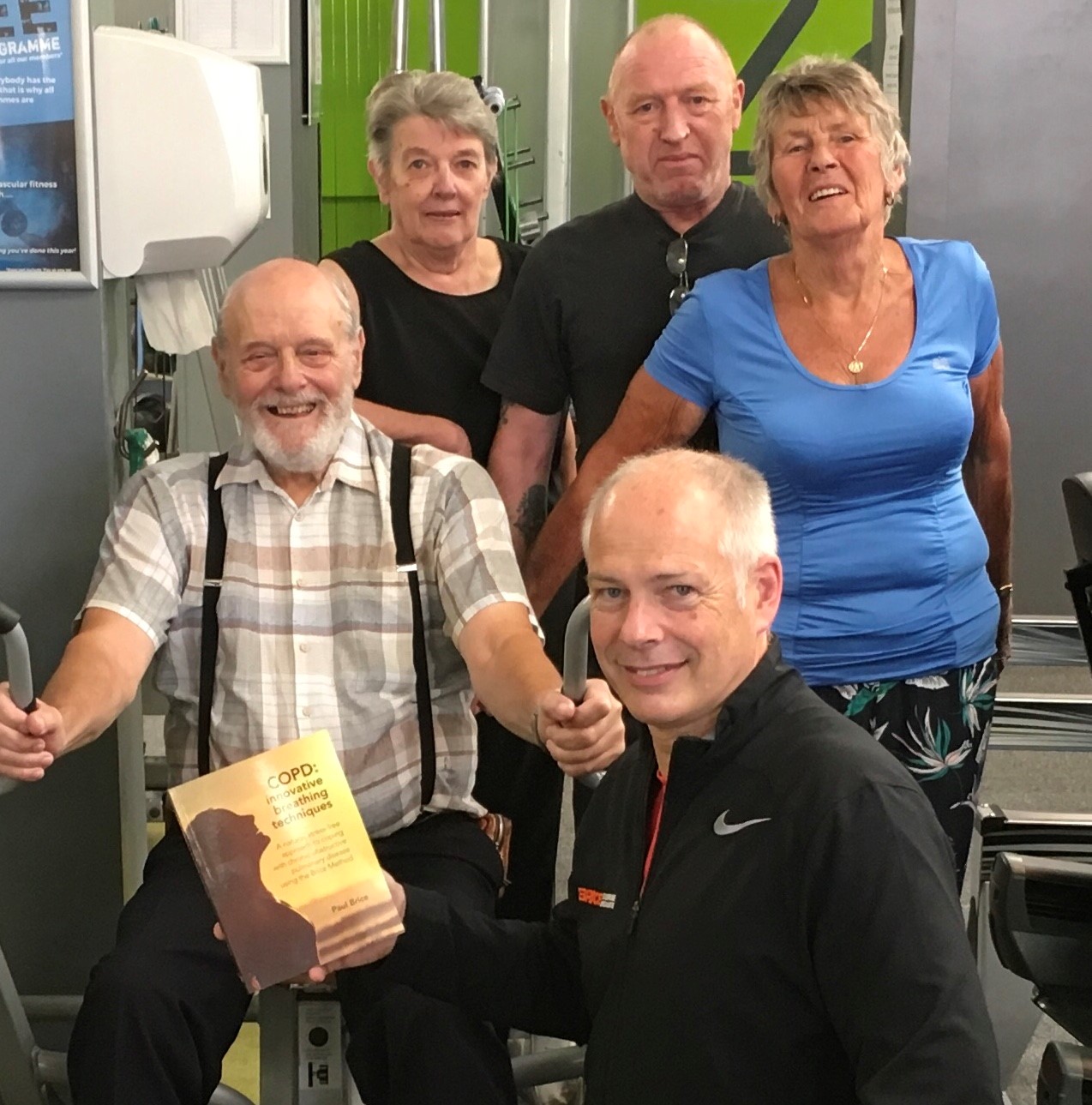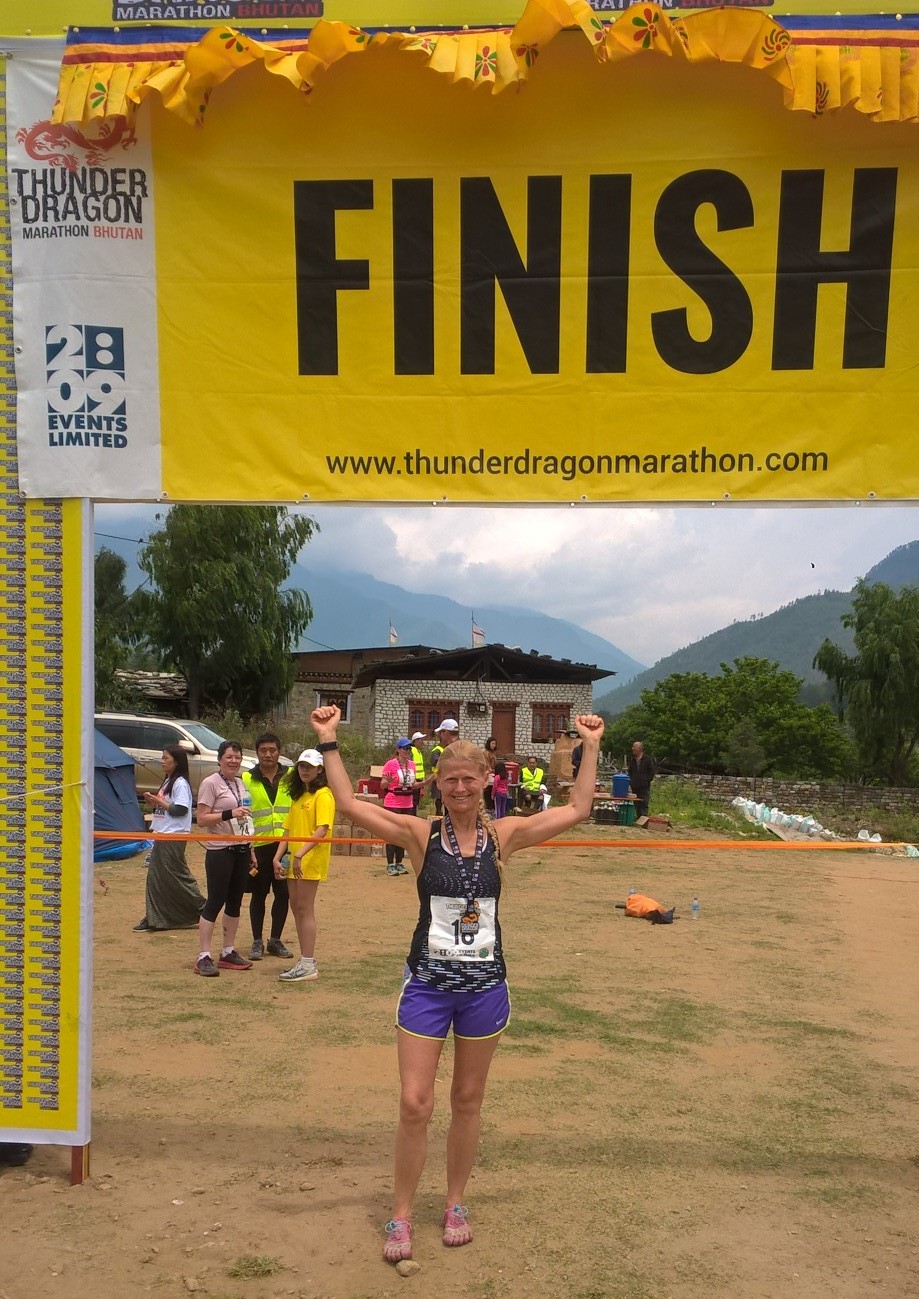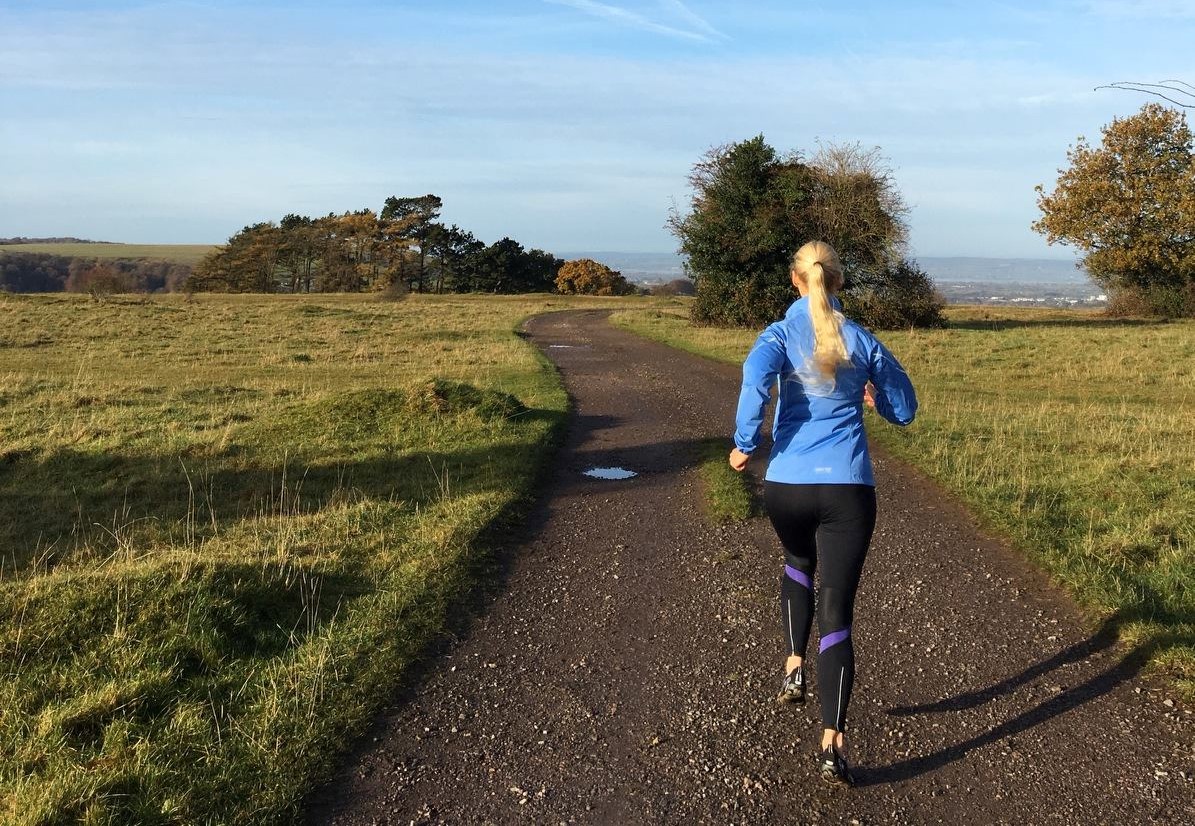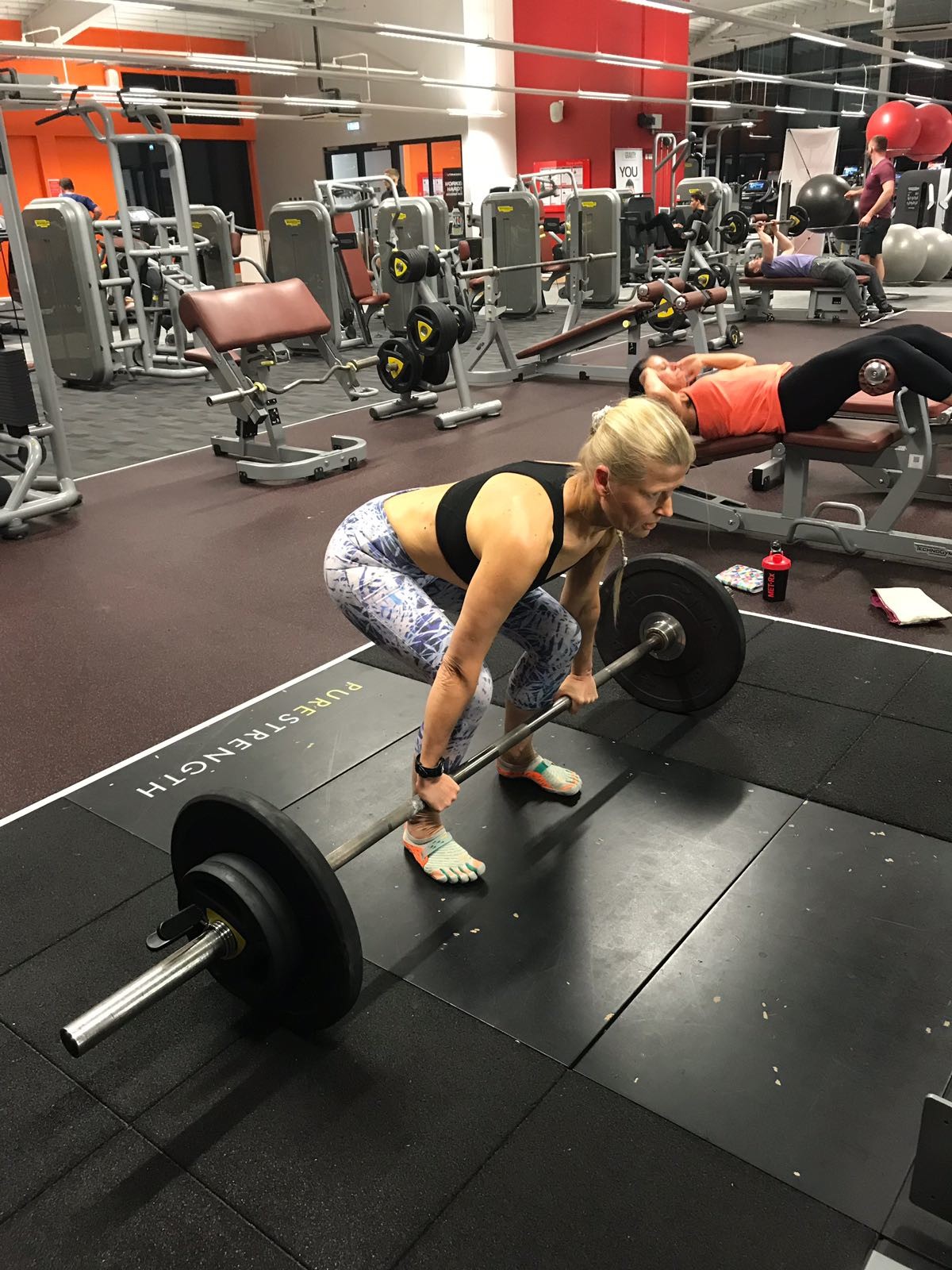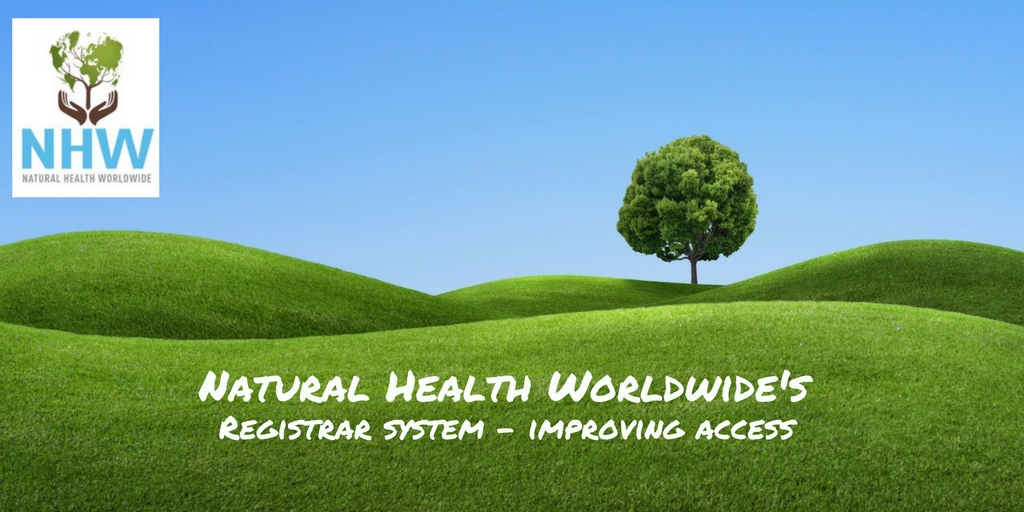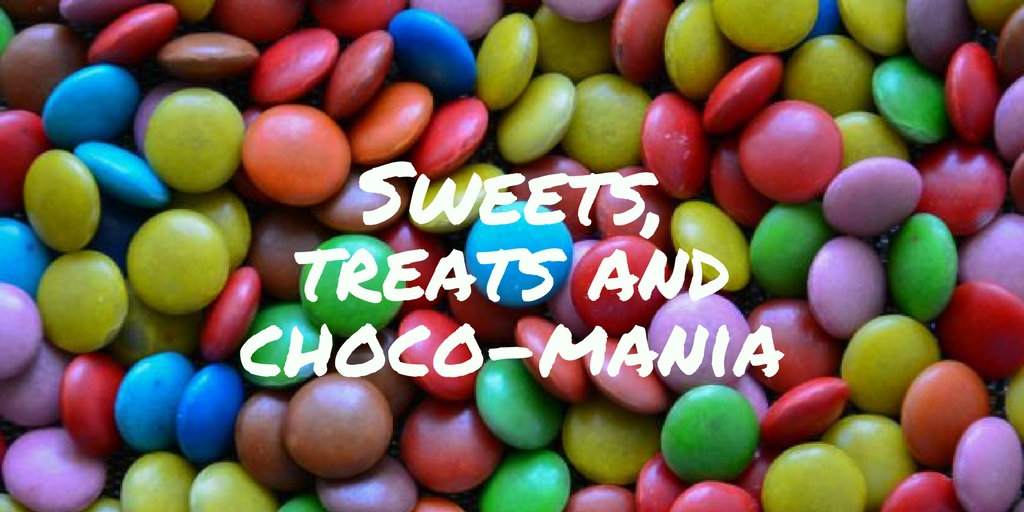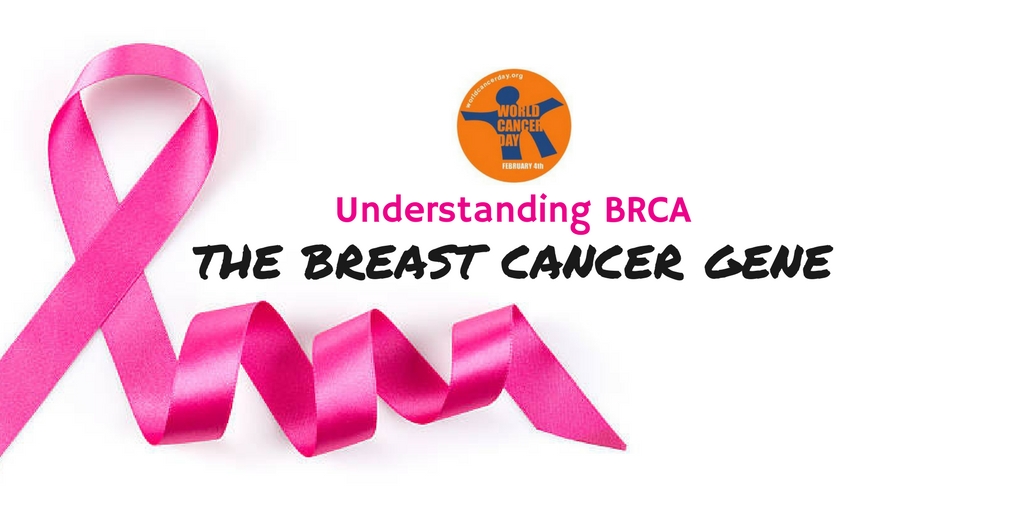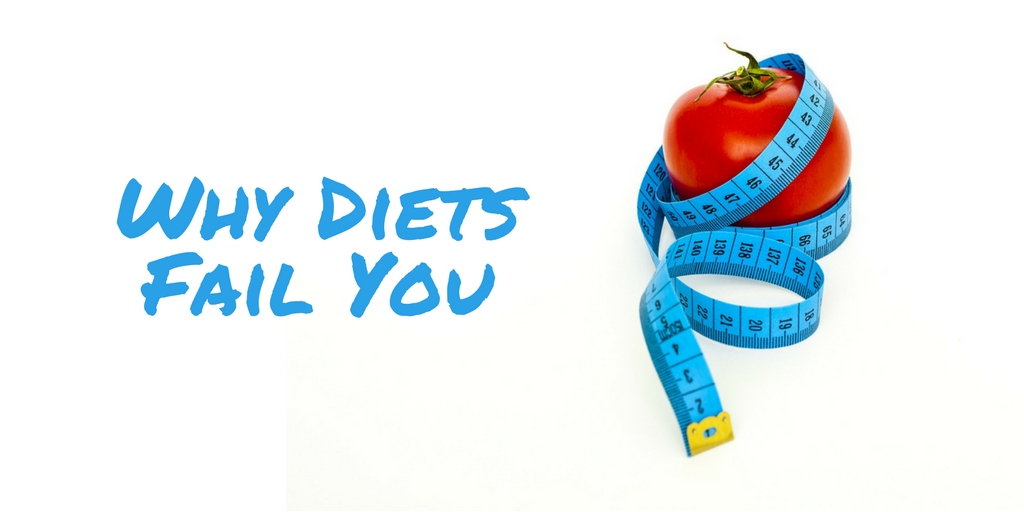
By Senior Therapists Sally Baker & Liz Hogon.
If there is an almost guaranteed way to feel like an abject failure then setting a New Year’s Resolution will do it for most of us. There is plenty of research to show that between 40-60% of all resolutions, year upon year, have either been broken or forgotten for good or at least until next year, by halfway through January!
Although many people imbue January 1st with magical properties as the ideal date to change their habits and behaviours. The truth is its just an arbitrary date in the diary with no more power or influence than next Tuesday week or even the next wet Wednesday for that matter.
When you think that four of the most popular life changes people want for themselves are to lose weight; give up smoking; drink less alcohol or achieve a better work-life balance these habits and ways of thinking can seem daunting to change when they represent long-term and entrenched behaviour.
So, if making a New Year’s Resolution really isn’t going to work to ensure lasting change then what would?
Instead of setting yourself up to fail by making a grand gesture the alternative is making incremental changes instead. Although this may feel less dramatic than a pledge made as the clock strikes twelve to beckon in the New Year, it is often a more successful way to make the changes you want for yourself.
Small, incremental changes are the basis of the ‘Nudge Theory’.
This is about nudging or encouraging behavioural changes through positive reinforcement and indirect suggestion. In the wider world, nudge theory has been applied to economics, politics and health. Supporters of the effectiveness of the theory exist in the hallowed halls of academia, the White House and in the British Government to name but a few. So, how can nudge theory be applied to you successfully changing behaviours you would rather not have in your life?
Firstly, the nudge theory recommends you choose the best time to initiate changes to allow yourself the best chance of success. This frees you up from a New Year’s deadline, and instead, you can commit to a date that suits you best and when you are at your most ready to make changes.
Think about how much you already have on your plate
It is surprising how many people set themselves up to fail by launching a new initiative in their life without thinking through how much they already have on their plate. Look at your diary for an opportunity when there may be a lull in stress levels at home or work or a time when you are able to give more energy to embrace fundamental changes. If you are canny with timing, you can give yourself a real head start towards success.
This may mean scheduling changes you want to achieve in your life for after a family holiday, or a big social event, such a wedding or birthday party. These are the kind of life events that might have turned your New Year’s best intentions to dust without some thoughtful planning. Equally some key events you have planned in your diary can be a beacon to aim for. Changes in behaviour are more likely to be enduring if you can align them with real-life events and deadlines such as being slimmer for a family wedding or getting fit to run a 5K or 10K charity race.
It takes twenty-one repetitions to embed a new habit
Often psychologists agree it takes twenty-one repetitions to embed a new habit so bear that in mind when you’re making changes in your life. An example could be if you’ve decided to take up running or swimming as part of a new fitness regime and you are hating it. Nudge Theory would recommend you commit to jumping in the pool or going for a run without fail for twenty-one times and only then judge how you feel about your new activity. You may be pleasantly surprised how what was once a reluctant chore feels surprisingly satisfying and is easily included as part of your routine.
Behaving with your usual default habits perpetuates your feeling the same way about yourself. It is a truism that if you keep doing what you have always done, you’ll get the same results you’ve always got before so spend some time considering the most significant changes you want to see in your life.
However, if you wait for everyone in your life to come on-board and be in agreements with your plans, you could wait a lifetime so do as Mahatma Gandhi suggested: ‘Be the change you want to see’.
Set your own standard. It’s about doing something for yourself.
Your existing habits, thoughts and beliefs have brought you to where you are today, so nudging towards making positive changes is vital in allowing effortless changes and maintaining them into the future.Be kind to yourself. If you feel overwhelmed making changes to your habits and anxious about succeeding with lifestyle changes then break down your goals into smaller steps which are more manageable to tackle.
Changing old habits that are not good for you or no longer serve you are life-changing steps on your road. Your true potential to live every day as a brand new day, with a brand new dawn which makes every day a New Year’s day!
Sally Baker (www.workingonthebody.com) and Liz Hogon (www.lizhogon.com) are senior therapists working in private practice and co-authors of ‘7 Simple Steps to Stop Emotional Eating’ and ‘How to Feel Differently About Food’, published by Hammersmith Health Books.

